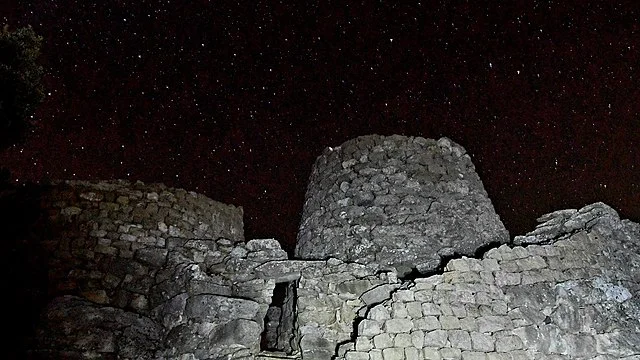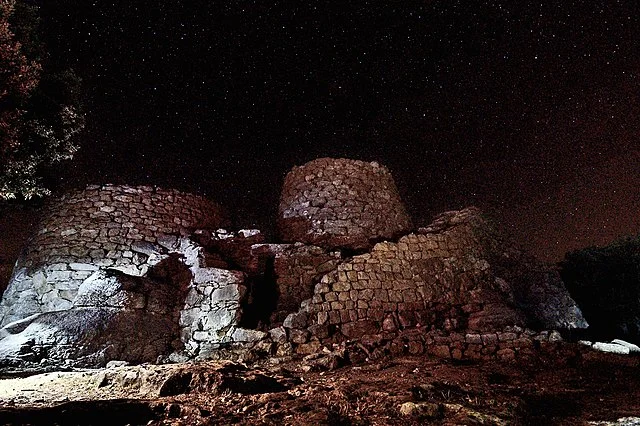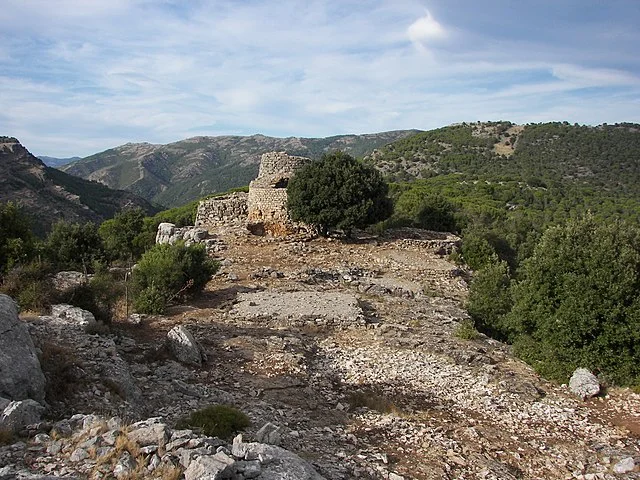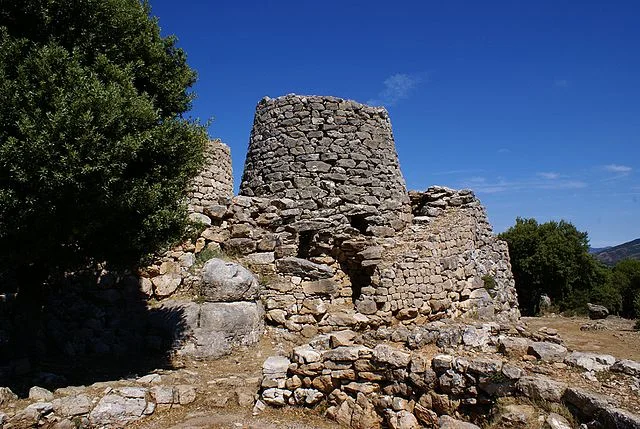Nuraghe Serbissi is a well-preserved ancient structure located on the island of Sardinia, Italy. It stands as one of the many nuraghi, unique megalithic constructions that dot the Sardinian landscape. These structures were built by the Nuragic civilization, which flourished from approximately 1800 BC to 238 BC, when the Romans conquered the island.
Get your dose of History via Email
Location and Architecture

Nuraghe Serbissi is located in the Ogliastra region, perched at an elevation of 1,000 meters on a limestone plateau. The site offers a commanding view of the surrounding landscape, providing both defensive advantages and a vantage point to monitor nearby areas.
The architecture of the Nuraghe Serbissi includes a central tower, which was the hallmark of Nuragic building design. This tower, originally several meters tall, is surrounded by a circular or elliptical wall. The Nuraghe was likely used for both military and community purposes, offering shelter and defense.
Internal Structure
Inside the main tower of Nuraghe Serbissi, there are several chambers connected by narrow passageways. These rooms were used for storage and living quarters, though it is unclear if they housed elites or the general population. The chambers are accessed via steep staircases, which were typical of Nuragic constructions. The architecture is robust, using large, irregular stones without mortar, a method known as cyclopean masonry.
Beneath the Nuraghe, a system of caves and underground tunnels further demonstrates the complexity of this site. These subterranean features were likely used for storage, as refuges during attacks, or even for religious purposes.
Function and Purpose

Like other nuraghi, the function of Nuraghe Serbissi remains debated among scholars. Some experts suggest these structures were primarily defensive, given their elevated positions and thick walls. Others argue that they served as symbols of power and were possibly ceremonial centers. However, it is generally accepted that they played multiple roles, including military, residential, and religious functions.
Excavations and Findings

Archaeological excavations at Nuraghe Serbissi have uncovered a range of artifacts, including pottery, tools, and bronze items. These finds suggest that the site was actively used during the Late Bronze Age (approximately 1200–900 BC). The bronze artifacts indicate a degree of metallurgical skill among the Nuragic people, and their widespread distribution shows a connection with Mediterranean trade routes.
Excavations also revealed evidence of long-term habitation, as well as the site’s importance in the Nuragic cultural and political landscape. The strategic location near key trade routes likely made Nuraghe Serbissi an important center of influence in the region.
Nuragic Civilization
The Nuragic civilization, known for its distinctive nuraghi, was an advanced society that thrived on Sardinia from the Bronze Age to the Roman conquest in 238 BC. Nuragic people were skilled in metallurgy, agriculture, and trade. They interacted with various Mediterranean cultures, including the Phoenicians, Greeks, and Etruscans. Despite being conquered by the Romans, elements of Nuragic culture persisted in Sardinia.
Conclusion
Nuraghe Serbissi is a remarkable testament to the engineering and social complexity of the Nuragic civilization. Its structure, strategic location, and historical significance provide valuable insights into the culture that built it. Further excavations and research may uncover more about the roles these structures played in Nuragic society, shedding light on one of the Mediterranean’s most enigmatic ancient peoples.
Source:

